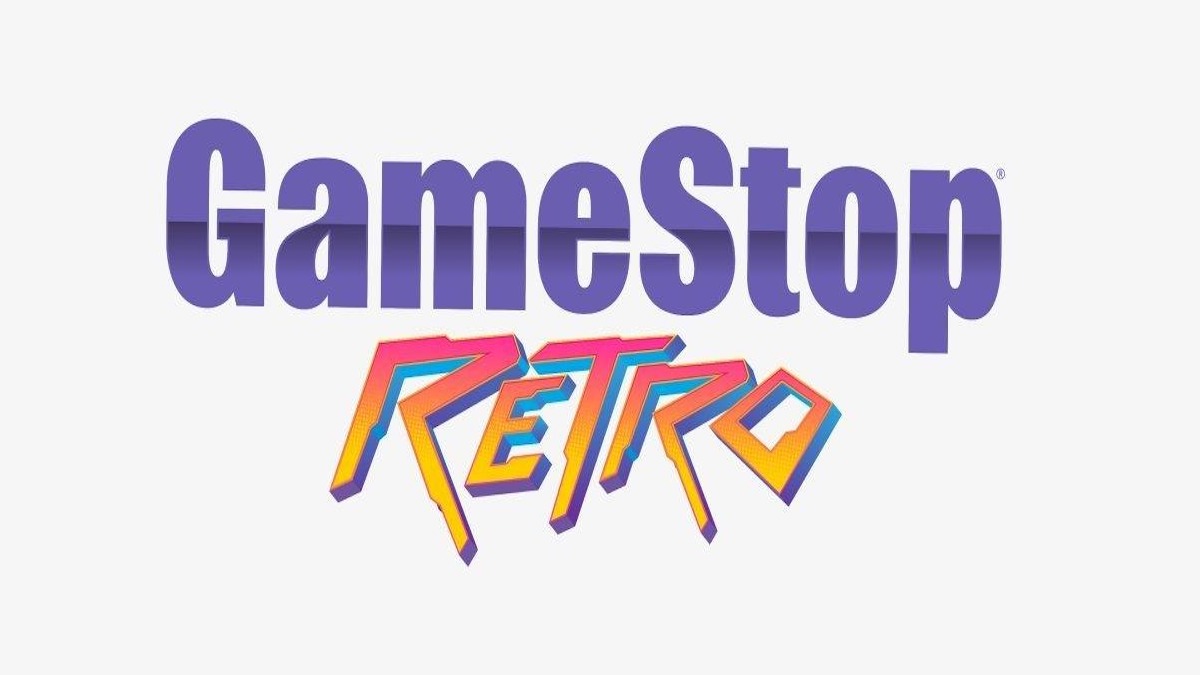GameStop’s a shadow of the gaming staple it once was and is closing stores left and right, including 78 in 2024 alone. Times are so hard lately that the retailer is in the Funko Pop! business as much as gaming these days.
And the recently opened GameStop “Retro” stores aren’t going to change that. Marred by poor execution and bad marketing, this new strategy is liable to run out of gas before it gains any ground.

Starting line slip-up
It’s no secret GameStop continues to fall further and further from grace, flailing around with increasingly more desperate bids for relevance. On August 27, they announced the grand opening of their retro stores via X, formerly Twitter, claiming “THE CLASSICS ARE BACK.”
The retailer advertised carrying games and consoles going all the way back to the third generation. But if you didn’t know this happened, you’re not alone. Even employees remained in the dark until just before launch. One told YouTuber Jacob R, “I actually found out from a customer. She told me a week before I actually found out from my district manager.”
You’d think GameStop would want to market this business move with more than a handful of tweets, but you’d be wrong. And although the retro stores received a dedicated store locator, it’s difficult to find it if you don’t already know about it. It is buried deep within the website’s sidebar along with its retro gaming catalog.
Adding insult to injury, the site heavily advertises that GameStop now buys and sells PSA-graded trading cards. It’s jumping into a market it isn’t known for while it buries the new retro stores that deal in its bread and butter. The saddest part of this lackluster marketing is that there’s no signage indicating which GameStops are retro stores. The only ways to tell one apart from a regular shop are to go in or use the store locator online.
Unsurprisingly, content creators descended upon social media with overwhelmingly negative reviews in the weeks since GameStop Retro’s launch, citing a thin selection of games and a lack of consoles alongside the nonexistent marketing. Jacob R said, “I really want to emphasize how poorly they’re selling the whole retro thing,” and “I mean, it’s bad man,” referring to his experience with the store. Fellow YouTuber The Radical One mentioned, “but the retro selection was just like I thought it was gonna be,” and “Um, they figure retro is more 7th generation type stuff.” At this point, these developments caught my eye, and I decided to see for myself if GameStop Retro was as bad as advertised.
GameStop Retro in the flesh
Using the retro store locator, I found the nearest one was a little over an hour south of me. Nothing wrong with a day trip. Upon reaching the store, I confirmed that nothing outside signifies that it’s supposed to be different from other GameStops.
It’s the same way inside. Funko, plushies, figurines, and pins dominated the area surrounding the front counter, while the other wall was lined up with PlayStation 5, Switch, and Xbox Series titles. It still had some issues of Game Informer, but I don’t think that qualifies as retro just yet. Clearly, the store’s focus is still current-gen gaming and collectibles.
Making my way to the back of the shop, I found what I made this trip for: the retro gaming section. One pitiful stretch of wall with eight shelves was the entire thing. I will give GameStop this: the shelving was very organized. They were divided into sections for Microsoft, Sony, and Nintendo consoles, all alphabetized by game title.
I was hoping to see real “classics” as advertised. You know, some old Nintendo carts, a PlayStation light gun, a Sega Saturn controller, that kind of stuff. Instead, I saw GameStop’s definition of retro, which is mostly limited to Xbox 360, PS3, Wii, and Wii U. There were less than a dozen games for the PS2, PSX, Xbox, and GameCube altogether. The only console older than 8th-gen was a singular Wii. I mean, GameStop has sold 7th-gen games for years now. So, without adding something new to the formula, like carrying older consoles and peripherals, it’s disingenuous to brand these shops as retro.
One shelf had some games from the 5th and 6th generations on it, but GameStop’s pricing is above market value in most cases. For example, a copy of Super Smash Bros. Brawl, worth $18-19 according to pricecharting.com, went for over $30 there. Also, a GameCube copy of Sonic Adventure 2: Battle sold for over $60, which is well over its going rate online and even surpasses the rate of a sealed copy.
GameStop Retro is such a missed opportunity on multiple fronts. With proper marketing, it could attract business from collectors, nostalgia-seeking casuals, and people looking to make a few bucks by trading in their old collections. It could help combat the slow decay of physical gaming, which would go a long way in repairing GameStop’s reputation amongst customers. And it could prevent inflation in the second-hand market by stabilizing prices.
It seems like GameStop isn’t sure what lane it wants to be in, as evidenced by the promotion of trading cards on its site. And with the lack of push for the retro shops, it either doesn’t care or doesn’t know how to capitalize on that market. Currently, it’s sticking its fingers in all sorts of pies but won’t commit to eating one.








